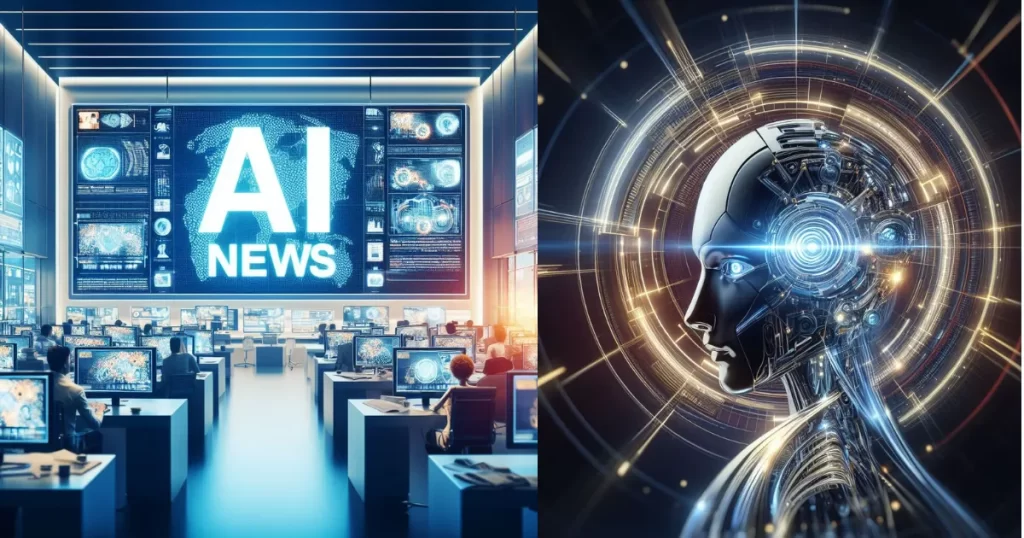Is artificial intelligence (AI) about to take over our jobs? Historically, economists have argued that new technologies might disrupt the job market temporarily but ultimately lead to new, often better, employment opportunities. This belief stems from past technological advancements that have boosted overall productivity and created new industries, much like the transition from agricultural to manufacturing jobs.
However, the rapid development and deployment of AI are challenging this optimistic view. Recent studies show that digital technologies have contributed to rising inequality, especially in the U.S. and other developed nations. While AI and computers have significantly improved productivity for knowledge workers, they have also decreased the demand for many middle-wage jobs, such as administrative and clerical roles.
MIT’s Daron Acemoglu and Boston University’s Pascual Restrepo highlight that technological improvements can sometimes lower wages for all workers. They emphasize the need to distinguish between automation (replacing existing tasks) and innovation (creating new tasks and capabilities). This distinction is crucial because it influences how technology affects the job market.
Economists build models to understand economic realities and guide policymakers. As they update their models to reflect the impacts of automation, they’re shifting the debate on how to handle technological advancements. Previously, the economic consensus was that technology, in the long run, raises productivity and wages. But new insights suggest that the nature of technology’s application—whether it automates existing tasks or creates new ones—plays a critical role in determining its overall impact on employment and wages.
In the past, technological advancements like mechanized agriculture drastically reduced the percentage of workers in physically demanding jobs, contributing to economic growth and higher living standards. This historical perspective supported the idea that technology benefits everyone. However, these models assumed that no one would be worse off, an assumption increasingly challenged by recent trends showing that technology can disproportionately benefit high-skilled workers while disadvantaging those with less education.
The concept of “skill-biased technological change” explains how technology increases demand for highly educated workers, raising their wages more than those of less-educated workers. This trend began in the 1980s when the number of college graduates plateaued while technology continued to advance, widening the wage gap between educated and less-educated workers.
A newer model considers tasks instead of whole jobs. It recognizes that technology often automates specific tasks within jobs rather than entire roles. For instance, AI might handle data collection, leaving data analysis and report writing to humans. This “task-based” approach offers a nuanced view of technology’s impact, showing how it can lead to job polarization—growth in both high-paying knowledge jobs and low-paying service jobs, with fewer opportunities in between.
Economists like David Autor note that over 60% of jobs in 2018 didn’t exist in 1940, illustrating how new technologies can create entirely new job categories. The challenge is to ensure that technology creates more new opportunities than it displaces. Acemoglu and Restrepo’s model of “new tasks” versus automation suggests that the key to positive outcomes lies in continuously developing new job roles that leverage human skills.
Labor unions and worker input can play a significant role in shaping the use of AI. For example, Hollywood writers secured a contract ensuring they decide how AI is used in their work, protecting their roles and compensation. This case highlights the importance of involving workers in decision-making to ensure technology benefits all parties involved.
In summary, for AI to lead to widespread prosperity, it must create new types of work and include workers in the decision-making process. This approach doesn’t mean preventing all job losses but ensuring that workers have a voice in how technology is implemented. Economists remain cautiously optimistic, believing that with the right strategies, AI can significantly enhance our lives and work environments.
Source: “AI Is Making Economists Rethink the Story of Automation” by Walter Frick, Harvard Business Review, May 27, 2024. You can check out the full article here.

I’m Voss Xolani, and I’m deeply passionate about exploring AI software and tools. From cutting-edge machine learning platforms to powerful automation systems, I’m always on the lookout for the latest innovations that push the boundaries of what AI can do. I love experimenting with new AI tools, discovering how they can improve efficiency and open up new possibilities. With a keen eye for software that’s shaping the future, I’m excited to share with you the tools that are transforming industries and everyday life.

